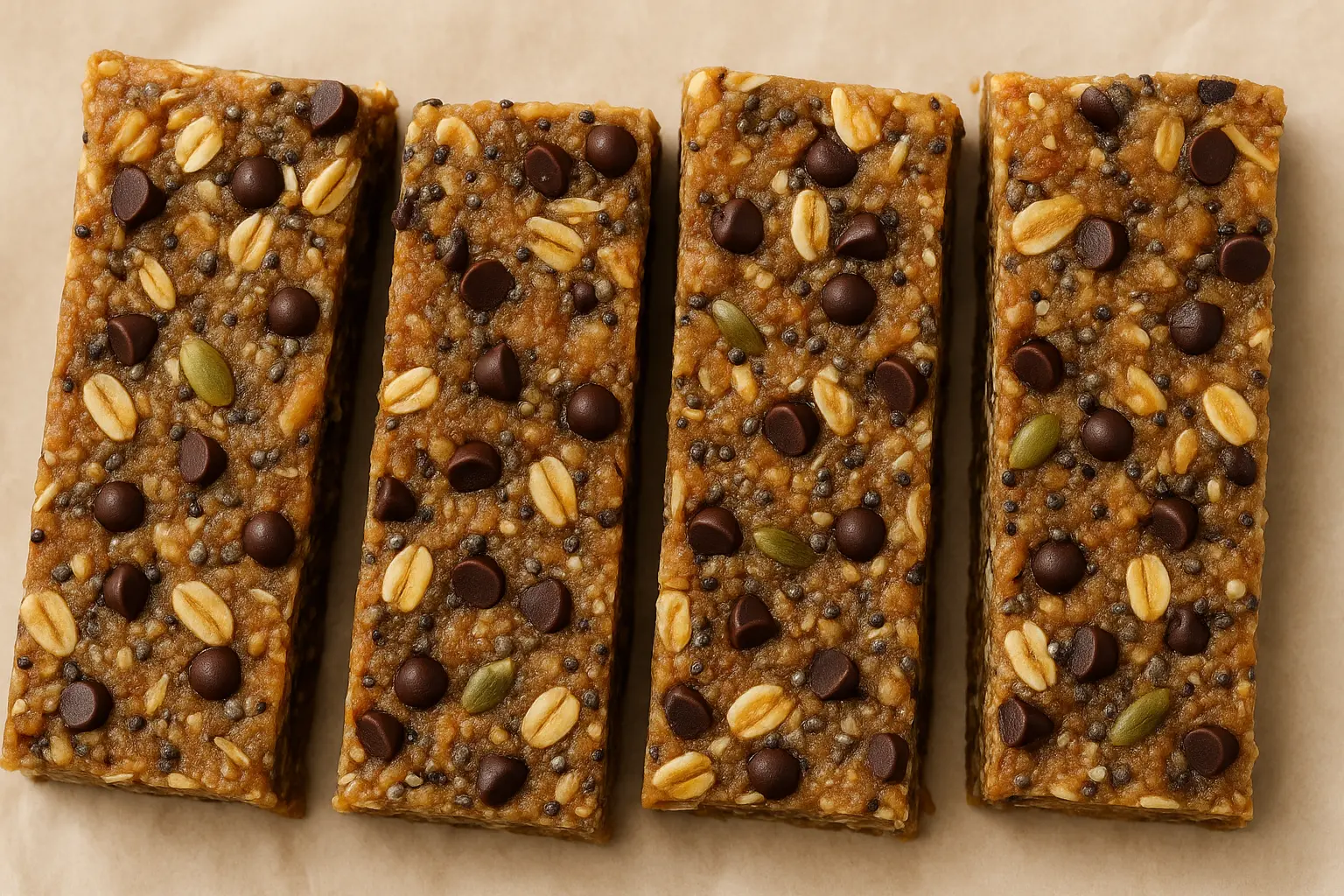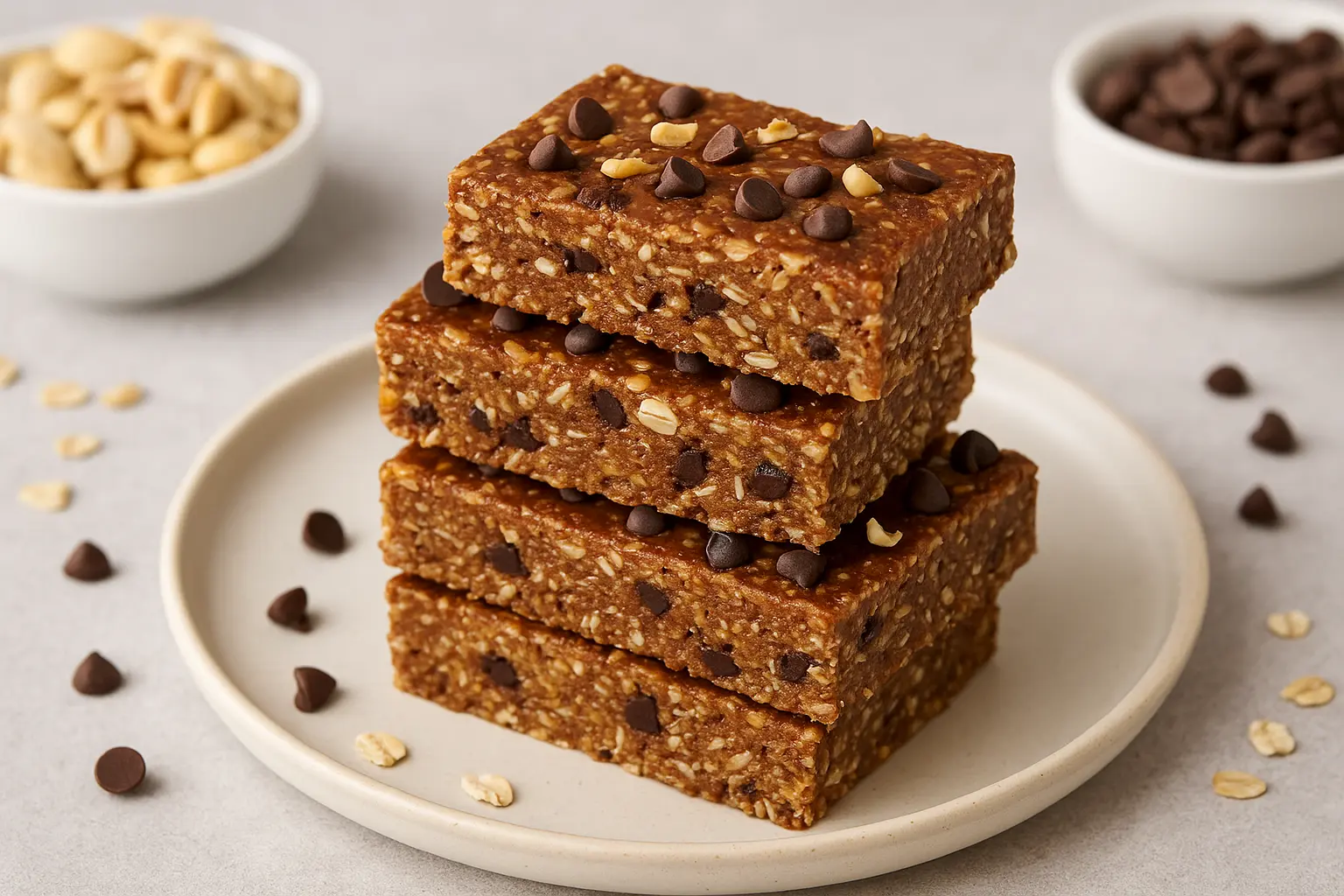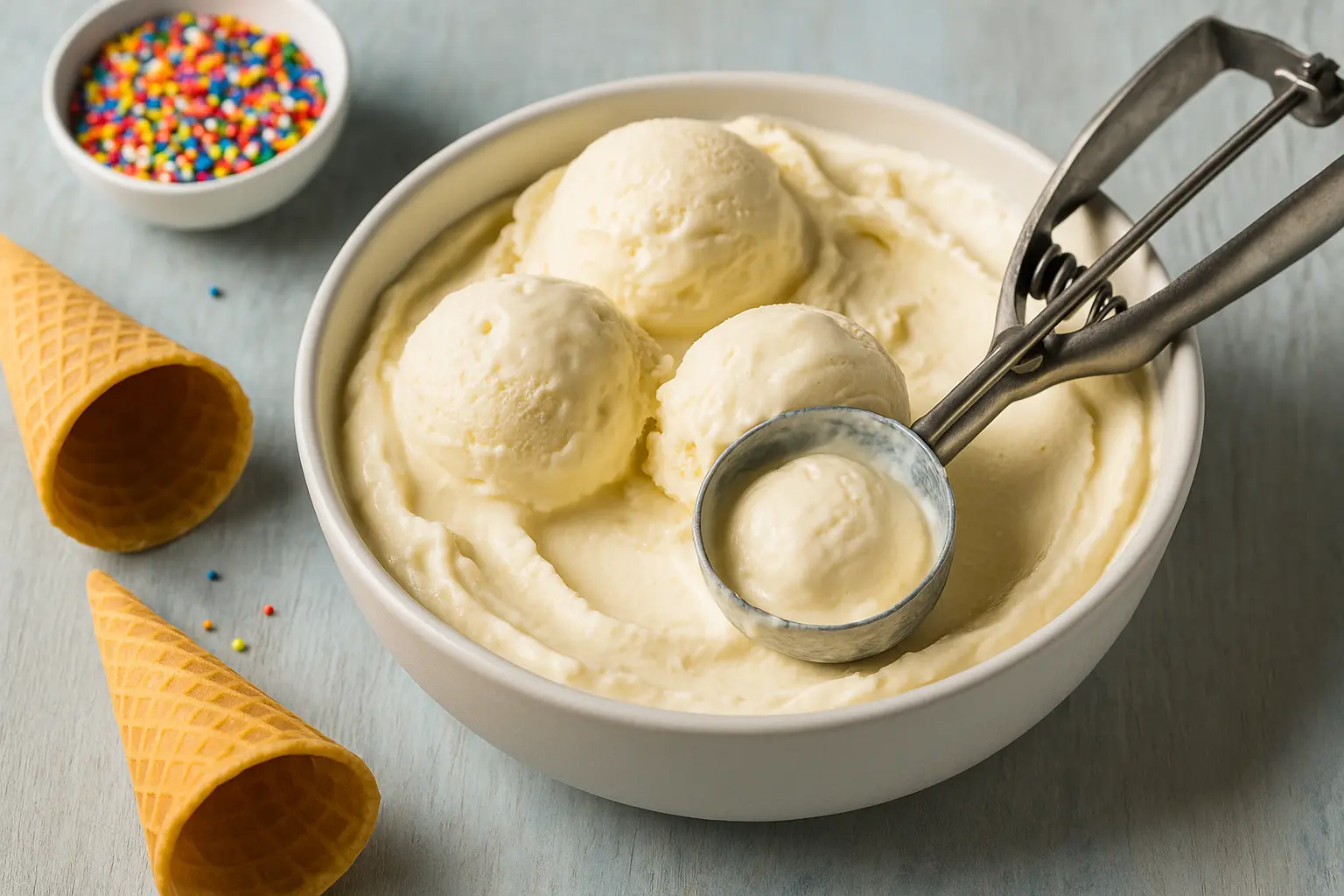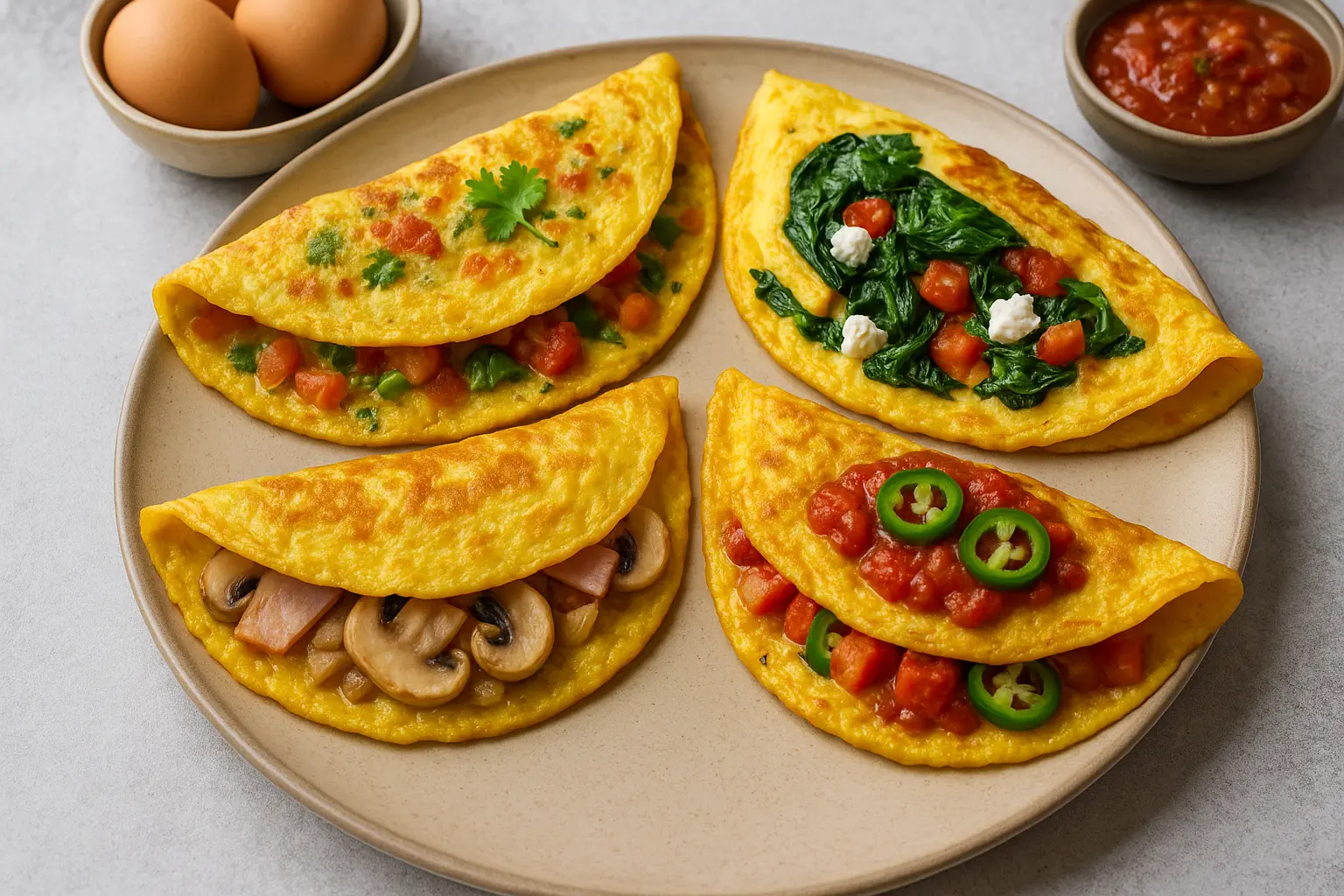In today’s fast-paced lifestyle, convenience often dictates our food choices. Yet, convenience doesn’t have to mean unhealthy. That’s where no-bake energy bars come in. These portable, nutrient-dense, and customizable snacks are the perfect bridge between healthy eating and quick preparation. Unlike traditional baked goods, they require no oven, little effort, and can be prepared in under 30 minutes—making them ideal for students, professionals, parents, fitness enthusiasts, or anyone seeking wholesome on-the-go fuel.
This article will explore everything about no-bake energy bars—their benefits, nutrition, variations, cultural influences, and even troubleshooting tips. By the end, you’ll have a full guide to preparing energy bars that fit your taste, dietary needs, and daily routine.

Why Choose No-Bake Energy Bars?
Energy bars are often associated with commercial packaged snacks. But homemade no-bake versions are healthier, customizable, and cost-effective. Here are the main reasons why they’re worth making:
- Convenience – No oven required, just a mixing bowl and a pan.
- Nutrient-Rich – Made with whole foods: oats, nuts, seeds, dried fruit, nut butter, etc.
- Customizable – Gluten-free, vegan, keto-friendly, or high-protein versions are all possible.
- Meal Prep Friendly – They store well in the fridge/freezer, perfect for batch cooking.
- Energy Sustaining – The combination of complex carbs, protein, and healthy fats offers balanced satiety.
- Kid & Adult Friendly – Suitable as a school snack, office bite, or workout fuel.
Nutritional Breakdown
The basic components of an energy bar work together to fuel the body:
- Carbohydrates (Oats, dried fruits, rice crisps) → Provide quick and lasting energy.
- Protein (Nut butters, protein powder, seeds) → Helps in muscle repair and satiety.
- Healthy Fats (Nuts, seeds, coconut) → Boost energy density and brain function.
- Fiber (Oats, chia seeds, flaxseeds) → Supports digestion and keeps you full.
- Micronutrients (Cacao, dried fruits, superfoods) → Add antioxidants, vitamins, and minerals.
Typical homemade bars (40g serving) provide:
- 180–220 calories
- 8–12g fat
- 4–6g protein
- 20–25g carbs
- 3–5g fiber
Compared to store-bought bars, homemade options avoid added sugars, preservatives, and artificial flavors.
Core Ingredients for No-Bake Energy Bars
Here’s a breakdown of common base ingredients:
1. Oats
Rolled oats or quick oats are the most common base. They bind well and provide chewiness.
2. Nut Butters
Peanut butter, almond butter, cashew butter, or sunflower seed butter act as both binder and protein source.
3. Sweeteners
Honey, maple syrup, agave, dates, or coconut sugar. For vegan options, use maple or agave.
4. Crunch & Texture
Rice crisps, chopped nuts, shredded coconut, or cacao nibs add variety.
5. Boosters
Chia seeds, hemp seeds, protein powder, maca powder, or matcha for nutritional elevation.
6. Flavor Enhancers
Vanilla extract, cinnamon, cacao powder, dried fruits, or natural spices.
Step-by-Step Method (Base Recipe)
Here’s a foolproof recipe for a basic no-bake energy bar:
Ingredients (12 bars):
- 2 cups rolled oats
- 1 cup nut butter (peanut or almond)
- ½ cup honey or maple syrup
- ¼ cup chia seeds/flaxseeds
- ½ cup mini chocolate chips or dried fruits (optional)
- Pinch of salt & cinnamon
Method:
- Warm nut butter and honey/maple syrup in a saucepan until smooth.
- Mix oats, seeds, and optional mix-ins in a bowl.
- Pour the warm mixture over the dry ingredients and stir well.
- Transfer into a lined baking dish. Press firmly with a spatula.
- Chill for 2–3 hours until firm.
- Slice into bars. Store in fridge for up to 10 days or freeze for 2 months.
Variations of No-Bake Energy Bars
1. Vegan Chocolate Protein Bars
Use vegan protein powder, cacao, and almond butter for a high-protein post-gym snack.
2. Nut-Free School Bars
Replace nut butter with sunflower seed or pumpkin seed butter. Safe for nut-free zones.
3. Breakfast Bars
Add dried cranberries, chia, and oats with almond butter for a quick morning grab-and-go meal.
4. Tropical Energy Bars
Use coconut flakes, dried pineapple, mango, and cashew butter.
5. Matcha Green Tea Bars
Infuse antioxidant-rich matcha powder for a unique earthy flavor.
6. Keto-Friendly Bars
Swap oats for almond flour and use erythritol or monk fruit instead of honey.
7. Festive Energy Bars
Spiced with nutmeg, cinnamon, and dried cranberries for a Christmas-inspired snack.
No-Bake vs Baked Bars
- No-Bake: Softer, chewier, easier to prepare, retain natural nutrients.
- Baked: Crunchier, last longer at room temperature, caramelized flavors.
No-bake bars win for time, simplicity, and nutrient retention.
Meal Prep & Storage Tips
- Store in airtight containers in the fridge for freshness.
- Use parchment paper between layers to avoid sticking.
- For long-term storage, freeze in sealed bags.
- Pre-slice before freezing for easy grab-and-go portions.
Troubleshooting Guide
- Bars too crumbly? Add more nut butter or sweetener.
- Bars too sticky? Add more oats or protein powder.
- Bars don’t hold shape? Chill longer or compress firmly before chilling.
- Too sweet? Reduce syrup and add unsweetened mix-ins like nuts.
Global Inspirations
Different cuisines inspire no-bake bars:
- India → Dates & nuts laddoos (similar concept).
- Middle East → Tahini & sesame-based snack bars.
- Japan → Matcha & sesame energy bites.
- USA → Peanut butter oat bars with chocolate drizzle.
No-bake energy bars transcend borders, adapting to local tastes.
Health & Lifestyle Fit
These bars fit seamlessly into multiple diets:
- Vegan → Plant-based ingredients.
- Gluten-Free → Use certified GF oats.
- Keto/Low-Carb → Use almond flour, seeds, and sugar alternatives.
- High-Protein → Add protein powder and hemp seeds.
- Weight Loss → Portion control and low-GI ingredients like oats and nuts.
Serving Ideas
- Pair with coffee or smoothies for breakfast.
- Carry in a gym bag as a workout snack.
- Serve with fruit or yogurt for a balanced mini-meal.
- Cut into bite-sized cubes for party platters.
Sustainability & Cost Benefits
Homemade bars are cheaper than store-bought protein bars, which often cost $3–$5 per bar. Making a batch at home costs less than half and reduces packaging waste.
Conclusion
No-bake energy bars are the ultimate marriage of health, convenience, and taste. With endless variations, they adapt to every diet, occasion, and craving. Whether you’re a busy parent, a student pulling late-night study sessions, or a fitness enthusiast, these bars deliver quick fuel without compromising nutrition.
By making your own, you control the sweetness, texture, and nutrient density—ensuring that your snack is not only wholesome but also tailored to your lifestyle.
Leave a comment
Your email address will not be published. Required fields are marked *




















